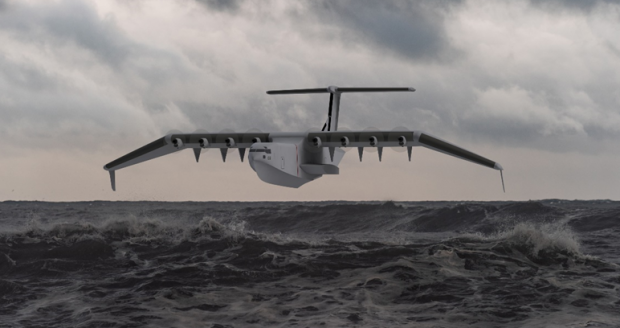
Breaking News
 They've Been Feeding You Poison (And Calling It Food)
They've Been Feeding You Poison (And Calling It Food)
 Tattoo ink may cause prolonged changes to the immune system
Tattoo ink may cause prolonged changes to the immune system
 Travel gadget promises to dry and iron your clothes – totally hands-free
Travel gadget promises to dry and iron your clothes – totally hands-free
 Duckweed: A sustainable, protein-packed food source smeared by Big Ag
Duckweed: A sustainable, protein-packed food source smeared by Big Ag
Top Tech News
 Perfect Aircrete, Kitchen Ingredients.
Perfect Aircrete, Kitchen Ingredients.
 Futuristic pixel-raising display lets you feel what's onscreen
Futuristic pixel-raising display lets you feel what's onscreen
 Cutting-Edge Facility Generates Pure Water and Hydrogen Fuel from Seawater for Mere Pennies
Cutting-Edge Facility Generates Pure Water and Hydrogen Fuel from Seawater for Mere Pennies
 This tiny dev board is packed with features for ambitious makers
This tiny dev board is packed with features for ambitious makers
 Scientists Discover Gel to Regrow Tooth Enamel
Scientists Discover Gel to Regrow Tooth Enamel
 Vitamin C and Dandelion Root Killing Cancer Cells -- as Former CDC Director Calls for COVID-19...
Vitamin C and Dandelion Root Killing Cancer Cells -- as Former CDC Director Calls for COVID-19...
 Galactic Brain: US firm plans space-based data centers, power grid to challenge China
Galactic Brain: US firm plans space-based data centers, power grid to challenge China
 A microbial cleanup for glyphosate just earned a patent. Here's why that matters
A microbial cleanup for glyphosate just earned a patent. Here's why that matters
 Japan Breaks Internet Speed Record with 5 Million Times Faster Data Transfer
Japan Breaks Internet Speed Record with 5 Million Times Faster Data Transfer
DARPA's ground-effect X-plane will haul 100 tons of cargo

Since 2022, DARPA has been developing the Liberty Lifter, which is a project to develop a relatively inexpensive seaplane that has the cargo volume of a C-17 Globemaster III transport aircraft, yet can carry 100 tons of cargo. In addition, it is supposed to have a ferry range of 6,500 nm (7,500 miles, 12,000 km).
Aurora's candidate is in preliminary design Phase 1B of its development cycle, which places special emphasis on risk reduction in the steps for designing, building, launching, and flying the completed X-plane using low-cost manufacturing methods.
This involves Aurora teams building full-scale components, including part of the fuselage, using novel materials and then testing them before assembly. In addition, the company has built test models for water tests in a tow tank at Virginia Tech and is working on sensors for detecting and predicting surface waves.
One particular challenge is dealing with rough seas because the Liberty Lifter flies using the wing-in-ground effect where the aircraft flies low and gains additional lift by exploiting the air trapped between the wings and the surface of the sea. This is great in calm conditions, but when things get rough, the aircraft needs to be able to compensate to fly safely.
The latest changes to the prop-driven Liberty Lifter include swapping out the t-tail for a pi-tail. Essentially, this means that the stabilizers are held up by a fork-shaped rudder instead of a solid one. According to the company, this allows an aft cargo door while making the airframe more structurally efficient. Another innovation is to move the floats from the side-sponsons on the hull to the tips of the wings for better performance while keeping down costs.
Phase 1B is scheduled for completion in the near future, and the first flight for the Liberty Lifter is expected to take place in 2028.

 Advanced Propulsion Resources Part 1 of 2
Advanced Propulsion Resources Part 1 of 2

